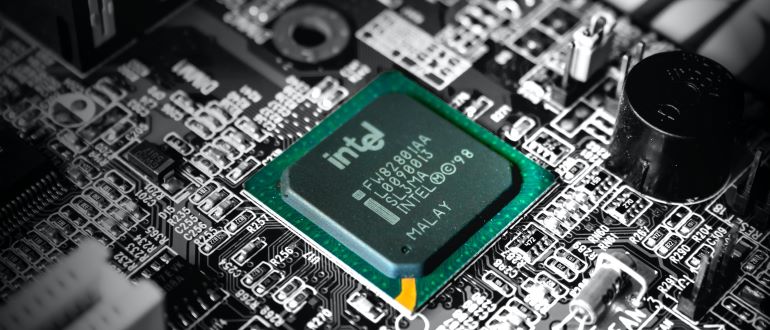
Intel, during an Intel Innovation 2023 event today, announced it has generally made available a cloud computing platform for developers of artificial intelligence (AI) applications in addition to previewing a Project Strata initiative for deploying AI applications at the network edge.
In addition, Intel has updated its distribution of the OpenVINO toolkit, a run time platform for inferencing engines that provides access to pre-trained models, including generative AI models such as Llama 2 from Meta.
Intel CEO Pat Gelsinger told attendees the Intel Developer Cloud provides developers with access to the latest generation of Intel processors optimized for AI workloads – including the Intel Gaudi2 processors optimized for deep learning algorithms – before they are incorporated into systems and cloud services. Based on oneAPI, a programming model designed to make it simpler to build applications spanning multiple classes of processors, the Intel Developer Cloud promises to accelerate the pace at which AI applications are built and deployed.
Overshadowed by providers of graphical processor units when it comes to building AI applications, Intel is trying to leverage its dominance over the processors used to run AI inference engines. That effort is part of a larger Siliconomy initiative that Intel has launched to tout the size of a global ecosystem based on its processor technologies.
It’s not clear to what degree builders of AI models are especially interested in the AI processor wars, but the cost of compute is an ongoing concern. GPUs especially are expensive to employ and challenging to acquire, so as a result, most developers wind up relying on a cloud service. Regardless of the platform employed, the cost of building and deploying AI models tends to limit the number of projects an organization might be willing to fund.
Eventually, AI models will need to be deployed as close as possible to the point where data is being created and consumed to drive processes in near real-time. Project Strata represents an effort to accelerate the building of AI models that are optimally sized for edge computing applications.
In the meantime, Intel is clearly committed to AI. The issue is that the timeline for building processors optimized for any use case is extended. Investments made in silicon today with an eye toward use cases that may not be well understood for several years represents a multi-billion dollar gamble. If there is a miscue, it might be years before a processor manufacturer is able to regain its competitive footing.
Of course, the primary beneficiaries of those rivalries are the builders of AI models. In fact, the more AI models built using processors optimized for those workloads, the less expensive it ultimately becomes to manufacture those processors. In that regard, there is a virtuous cycle between builders of AI models and the providers of the platform used to train and run them. The issue right now is there is something of an economic imbalance that makes building and deploying AI models an activity that not every organization can yet afford.


